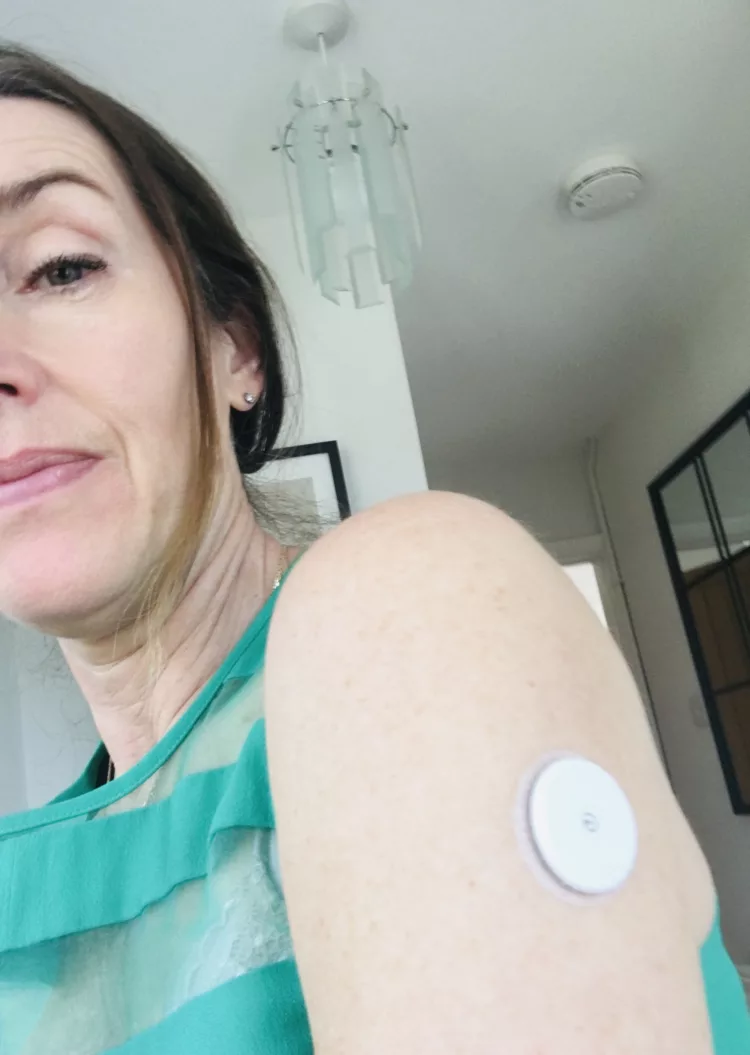Even if you are not diabetic or think that you have an issue with your blood sugar, wearing a continuous blood glucose monitor could be very beneficial for your health.
Blood sugar (glucose) balance is a foundation of good health.
Blood sugar balance is essential for cognition and brain health, immune function, gut health, weight management, heart health and supporting healthy cholesterol levels
When blood glucose is not balanced, your risk of many chronic diseases increases.
Fasting glucose
Your GP may use a fasting blood glucose test in order to check your blood glucose levels. It is usually taken first thing in the morning after an overnight fast of 12 hours or more.
Your fasting glucose will fall between these ranges;
- Normal = less than 5.6 mmol/l
- Prediabetes = 5.6 – 6.9 mmol/l
- Diabetes = 7 or higher
Optimal levels are thought to be between 3.9 – 4.7 mmol/l
Continuous Blood Glucose Monitors
Continuous blood glucose monitors measure your blood glucose levels via a small sensor usually inserted just under the skin on the back of the arm, approximately every 15 minutes over a set period of time. I used a continuous blood glucose monitor for 14 days.
They are easy to insert and are pain-free.
The monitor provides 24-hour readings of blood glucose levels and is therefore much more accurate than a one-off fasting glucose measurement.
It allows you to see how your blood sugar could be affected by certain foods, sleep (or lack of sleep), exercise and stress etc.
Here are 5 things I learnt from my results;
any other intervention, prescription or lifestyle”




